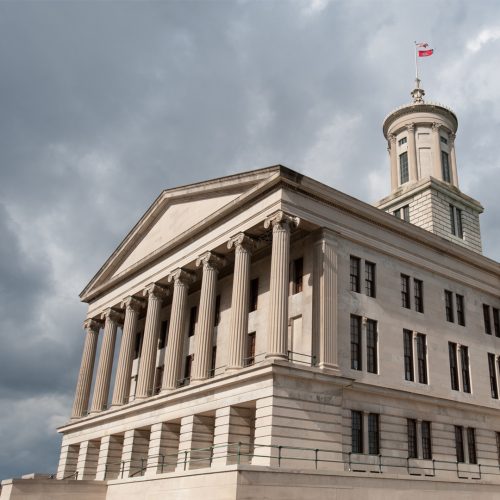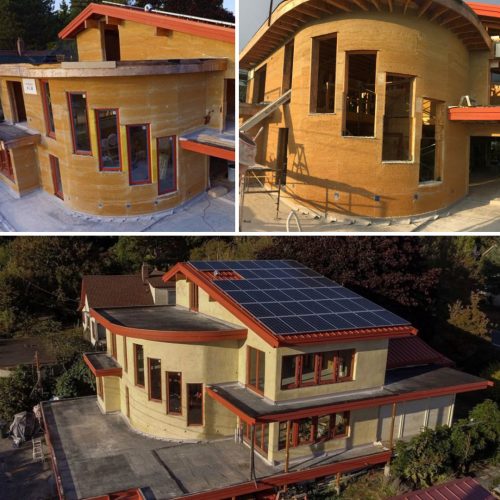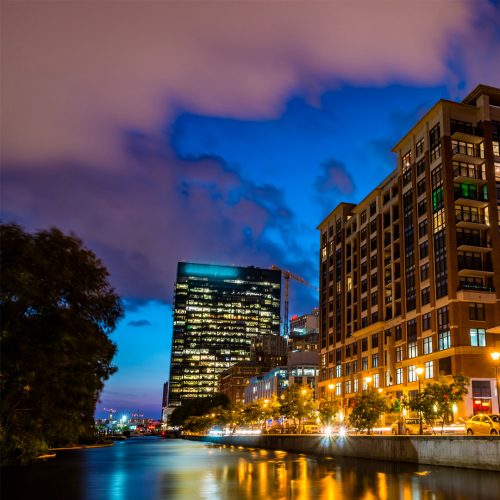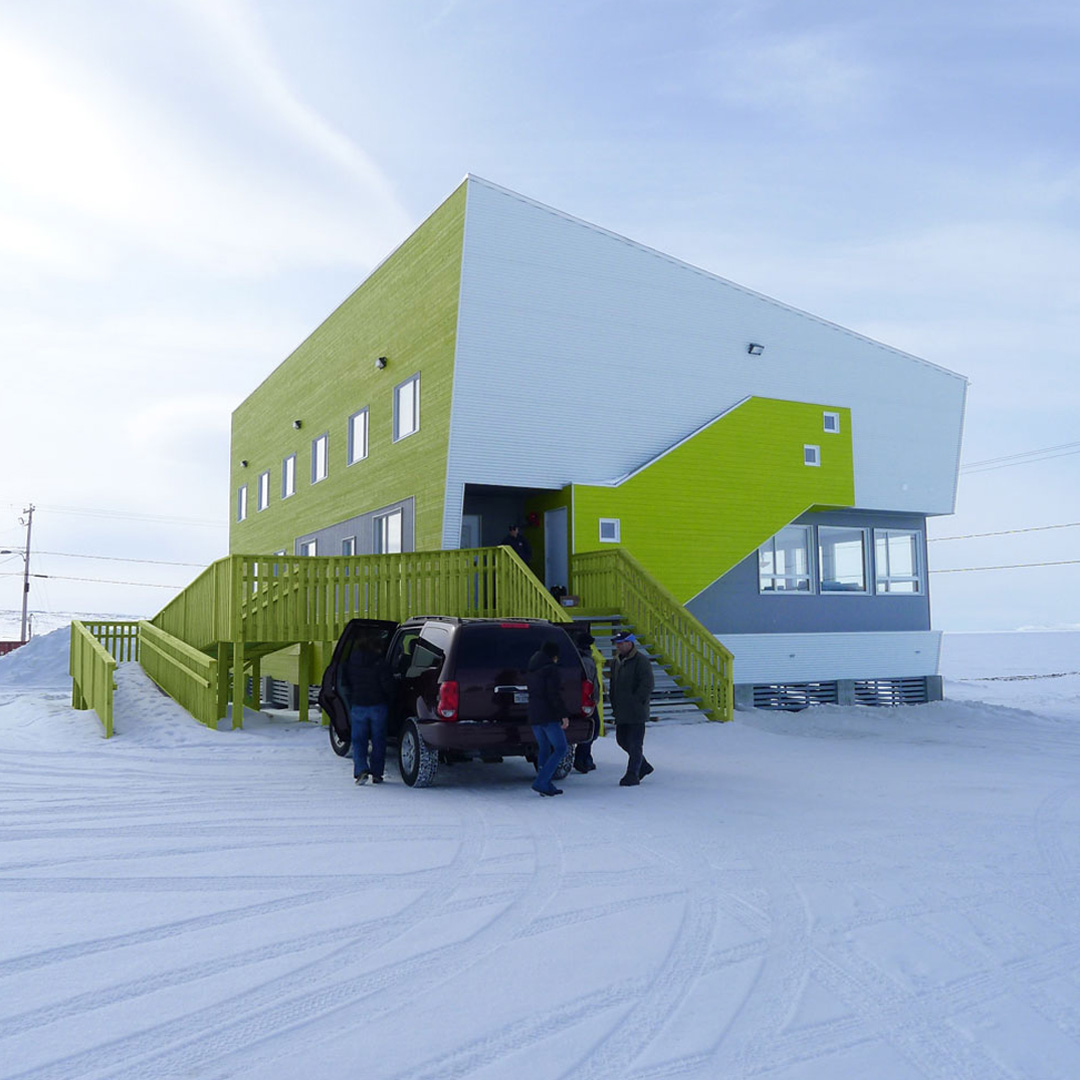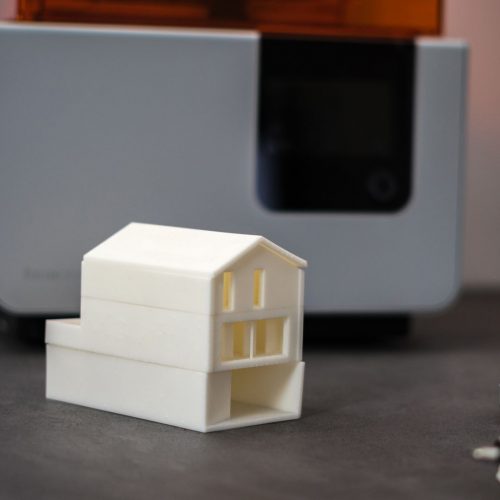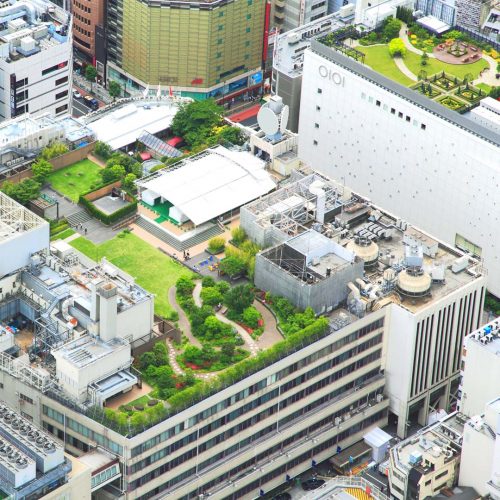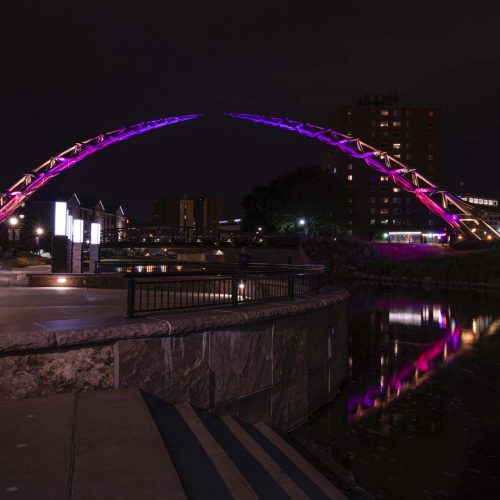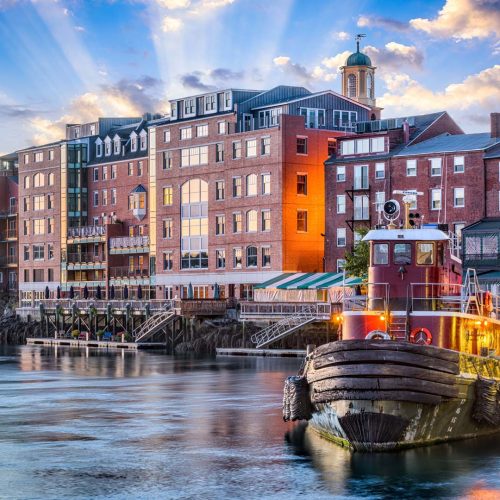Concern over the future of professional licensing recently arose in Tennessee when state lawmakers introduced a bill to amend licensing regulations affecting 26 different professions, architects and builders included. The bill (HB 1945/SB 1914) proposed that an unlicensed person could provide services within these realms so long as the two parties (consumer and provider) entered into a written agreement prior to delivery of service.
Read MoreIdaho Company Focuses on Sustainable Building
Founded in 2013, Hempitecture is the brainchild of CEO and founder Mattie Mead. While completing his thesis on natural building strategies, an interest in vernacular architecture lead Mead on a journey from France to the Virgin Islands, learning about and developing strategies for building with hemp.
Read MoreMaryland Architect License Renewal FAQs
Renewal deadlines for Maryland architects may vary, but the licensing requirements do not. Here are a few FAQ about how and when to renew your Maryland architect license. If you are unsure of your renewal date, you can search for your license here on the Maryland Board of Architects website.
Read MoreNew York Architecture League: 2020 Emerging Voices
The Architectural League of New York has chosen their 2020 Emerging Voices. Every year a panel of experts reviews significant completed works and choses a group of architects and/or design firms who show the most potential to contribute to the evolution of the design and architectural world.
Read MoreAn Interdisciplinary Look at Sustainable Architecture
Over three dozen experts “from diverse fields—and spanning academia, practice and policy” (p. 3) were included in a discussion that took more than a year to culminate in this succinct and well-thought out document. Their main goal was to identify “ways to advance [the] current understanding and practice of design for sustainability in the environment” (p. 3).
Read MoreExperimenting with Space Architecture on Earth
Interstellar Lab, a Parisian research group, is looking to simulate building and living conditions on Mars in the Mojave Desert. The group’s founder and CEO, Barbara Belvisi, believes that the extreme sustainability issues astronauts will face on Mars are like those that many scientists believe are required to help solve sustainability issues we face here on Earth. Belvisi states that “what we need to bring on Mars for life is what we need to protect Earth right now.”
Read More3D Printing: A Decade in Review
The mid-2000s saw 3D printing really hit its stride, after 3D printers became commercially viable and affordable. Within the last decade, we have seen immense growth within the 3D printing industry, to the point where 3D printers are now affordable enough to be purchased by hobbyists. These developments have led to big things in the world of architecture, and so we’ve compiled a list of notable milestones within the last 10 years.
Read MoreNew Trend in Roofing: Green Roofs
Compared to traditional roofs, green roofs have many benefits that increase the efficacy of the under-utilized space with few drawbacks. “Green roofs last longer than conventional roofs, reduce energy costs with natural insulation, create peaceful retreats for people and animals, and absorb storm water, potentially lessening the need for complex and expensive drainage systems. On a wider scale, green roofs improve air quality and help reduce the Urban Heat Island Effect, a condition in which city and suburban developments absorb and trap heat. Anyone who has walked across a scalding parking lot on a hot, summer day has felt one effect of an Urban Heat Island” (howstuffworks.com).
Read MoreSouth Dakota Architect License Renewal FAQ’s
Architects in South Dakota are required to complete 30-hours including 20-hours of Technical Subjects relating to Architecture and only 10-hours in professional management. (HSW courses will satisfy this requirement.) Licenses must be renewed every two years on the last day of the month of initial licensure.
Read MoreNew Hampshire Architect License Renewal FAQ’s
New Hampshire architects must complete a minimum of 24 continuing education hours including 8-hours of HSW and 4-hours of Sustainable Design by the last day of their birth month every two years.
Read More